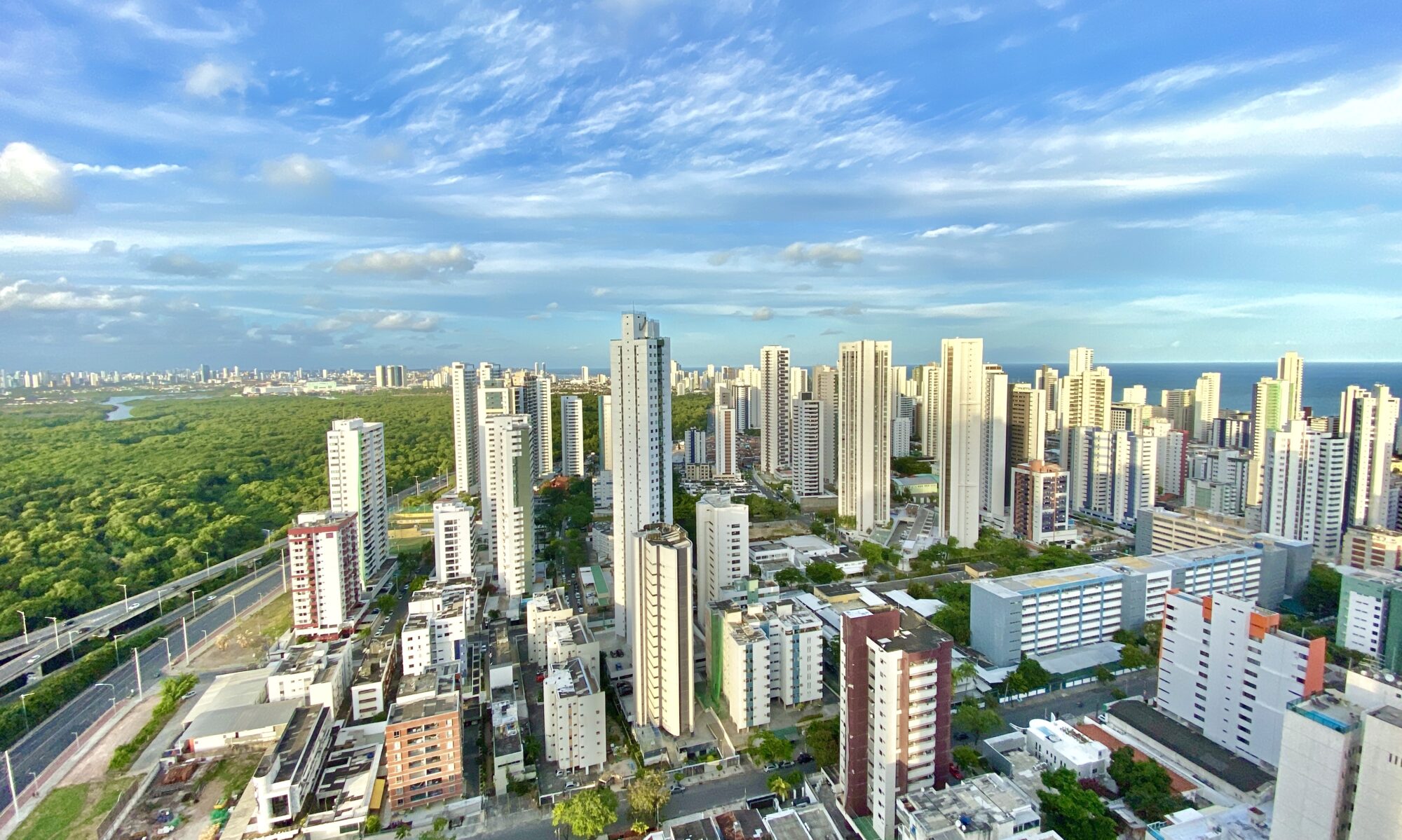The vegetation of the Cerrado scrubland occupies around one quarter of Brazil’s total area. Extending over two million km2, it is the second largest biome in South America. It covers the country’s central region, crossing the states of Goiás, Tocantins, Mato Grosso do Sul, west of Minas Gerais and Bahia, south of Maranhão and part of Piauí, reaching Rondônia and Pará. Its meanderings can be found in isolated patches in the Amazon forest in Amapá, in the North East and in the Atlantic Forest in the states of São Paulo and northern Paraná.
Around 800 species of trees and shrubs are known amongst the flora of the scrublands of the Cerrado and, taking into account herbaceous plants as well, it is likely that this number will exceed 2,500 species, largely under researched in terms of their economic potential.
Considered by many as a poor region for ornamental plants, the Cerrado can produce surprises. In the Federal District alone, 250 species of native orchid have been discovered.
Research carried out in the River São Bartolomeu Environmental Protection Area, in the Federal District, shows that one in three plants found is used by man in the region in some form or other.
Hundreds of medicinal plants have been used by the native population for centuries. These include the bignonia, leguminous mimosa, the sucupira do cerrado and the paratudo, also known as Brazilian ginseng, currently marketed and used in popular medicine throughout Brazil.
The Cerrado is also a true natural orchard producing fruit that is notable because of its variety of shapes, colours, flavours and aromas and which are used in their natural form or in processed products, such as deserts and drinks. Hundreds of plant species in this region provide man with delicious and nutritious fruit and an incalculable quantity are consumed by wild animals. Notable amongst these are mangabas, myrtle-berries, marmelada de cachorro, the bacupari, the baru, the marolo, the pequi, the guarbiroba, the guava, the araticum, the cashew, the courbaril and the murex.
It is estimated that around 46% of the scrubland has already been completely destroyed. Recently, the use of chemical fertilizers, able to counterbalance the problem of nutrient restriction and soil acidity, have transformed the Cerrado into one of the main areas for the expansion of mechanized agriculture, assisted by the generally flat terrain


